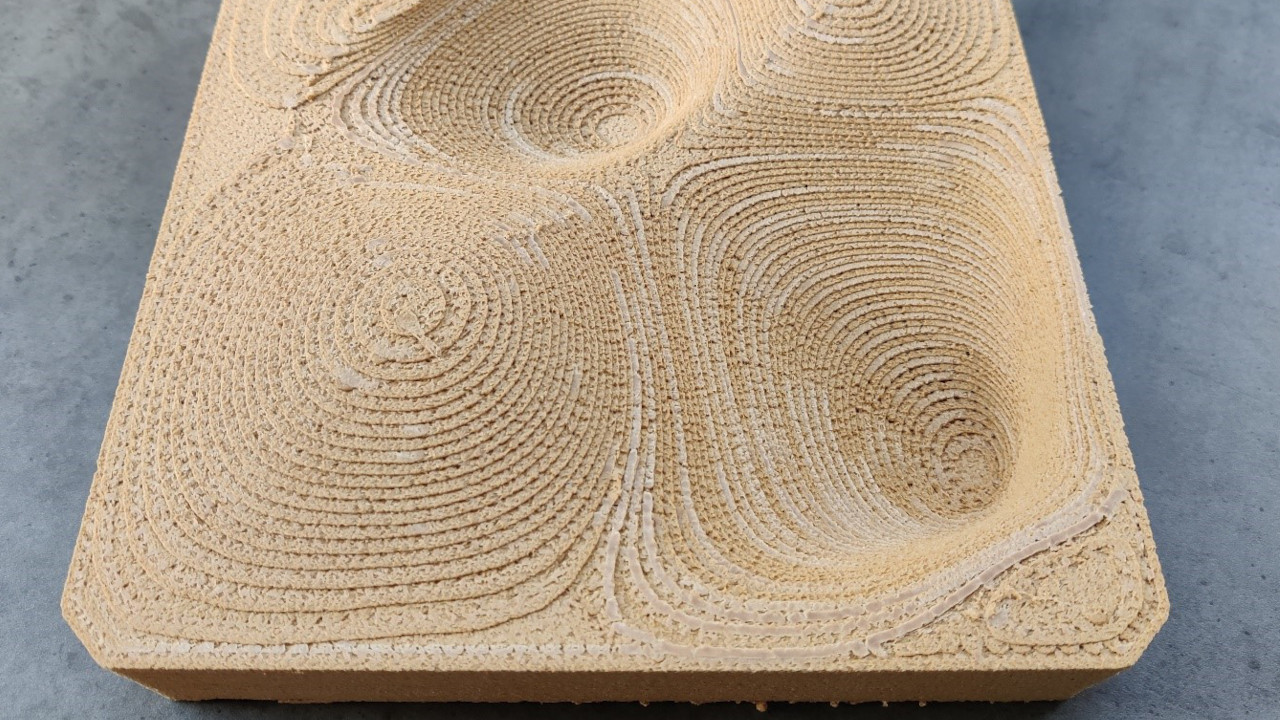‘Our product can supplement flour in various foods.’
Tim GräsingOccupation:
Self-employed entrepreneur
Position:
Co-founder and managing director of the start-up Value Grain in Hamburg

Occupation:
Self-employed entrepreneur
Position:
Co-founder and managing director of the start-up Value Grain in Hamburg

The start-up ValueGrain, led by co-founder Tim Gräsing, has developed a technology that processes spent grain into ‘liquid flour,’ making it usable for the food industry.
Beer production generates huge quantities of spent grain every year. Most of it ends up as animal feed or in biogas plants. But spent grain is a valuable and nutrient-rich raw material. The start-up ValueGrain has made it its mission to harness this previously untapped resource for the food industry. A team led by managing director and co-founder Tim Gräsing has developed a technology that processes spent grain into ‘liquid flour’ that can be used to supplement conventional flours in all kinds of pasta, but also in meat substitute products.
How did you come up with the idea of using spent grain as a flour substitute?
We have been actively involved in the brewing industry as a founding team for over 15 years. The topic of by-products, especially the secondary use of spent grain, has been with us for quite some time. At some point, loose ideas turned into a very concrete approach – namely, the use of fresh spent grain as a scalable B2B resource for food producers. With barley as a valuable grain, it makes sense to start with the baking industry as the first consumer.
What makes spent grain a ‘valuable grain’? How does your product differ from conventional types of flour?
We use spent grains from barley malt-based beer styles. Barley as a grain has a higher nutrient density than wheat, especially in terms of fibre, vitamin and mineral content. Our working title for ValueGrain as a product is ‘liquid flour’, but ultimately this reference is only intended to indicate one of its possible uses. Since our product has a residual moisture content of 70 to 80%, it actually has little in common with conventional flours. However, you can partially substitute it in baked goods or see it as a complementary ingredient.
How is spent grain refined as a residual material? And what can this upcycled raw material be used for?
We process fresh spent grain mechanically and use it as it is discharged by the brewery as a by-product, without creating any new by-products. In view of current international patent proceedings, I am unfortunately unable to discuss the details of the processing at this point.
Our ValueGrain can be used in various food categories. The baking industry, with the aim of complementing flour, has already been mentioned – here we are talking about all forms of dough products, from bread and rolls to pizza bases and pastries. Other applications that have already been successfully tested can be found in the area of meat alternatives or hybrid products, such as bratwurst sausages with a corresponding ValueGrain content.
What bioeconomic potential does ValueGrain have for making food production more sustainable?
First and foremost, we are of course talking about the use of a raw material that is always regional and circular, for which there has generally been no secondary use in the human food chain to date – especially not on an industrially scalable basis. In this context, we are talking about almost 40 million tonnes of spent grain worldwide every year, with Germany alone accounting for almost two million tonnes. The advantages lie in the reduction of CO₂ emissions through upcycling and in water savings – less wastewater in breweries and less fresh water input for producers. Another sustainability factor is optimised land use: whereas barley was previously used primarily for beer production, it now has a secondary use that does not require further cultivation.
How are food manufacturers responding to your innovation? Are there any interested parties?
As we are still in the early stages, the circle of those who have been made aware of this new raw material by us is still quite small. The reactions so far have been very positive, with our advantages in terms of cost-effectiveness combined with enormous sustainability potential being recognised. It is important that there is genuine interest in innovation, coupled with a willingness to simply give it a try. We are currently conducting these test series on an industrial scale with various bakeries and other food producers. We are also gradually expanding our presence at relevant trade fairs.
What are your company's plans for the future?
By autumn/winter, we want to have implemented a number of flagship projects, which means we want to reliably demonstrate continuous application cycles from the production of ValueGrain through logistics to its use in bakeries and other production facilities. This will serve as the starting signal for the series production of our plants, so that in the future as many breweries as possible will be able to reuse their spent grain for food applications.
Interview: Beatrix Boldt


